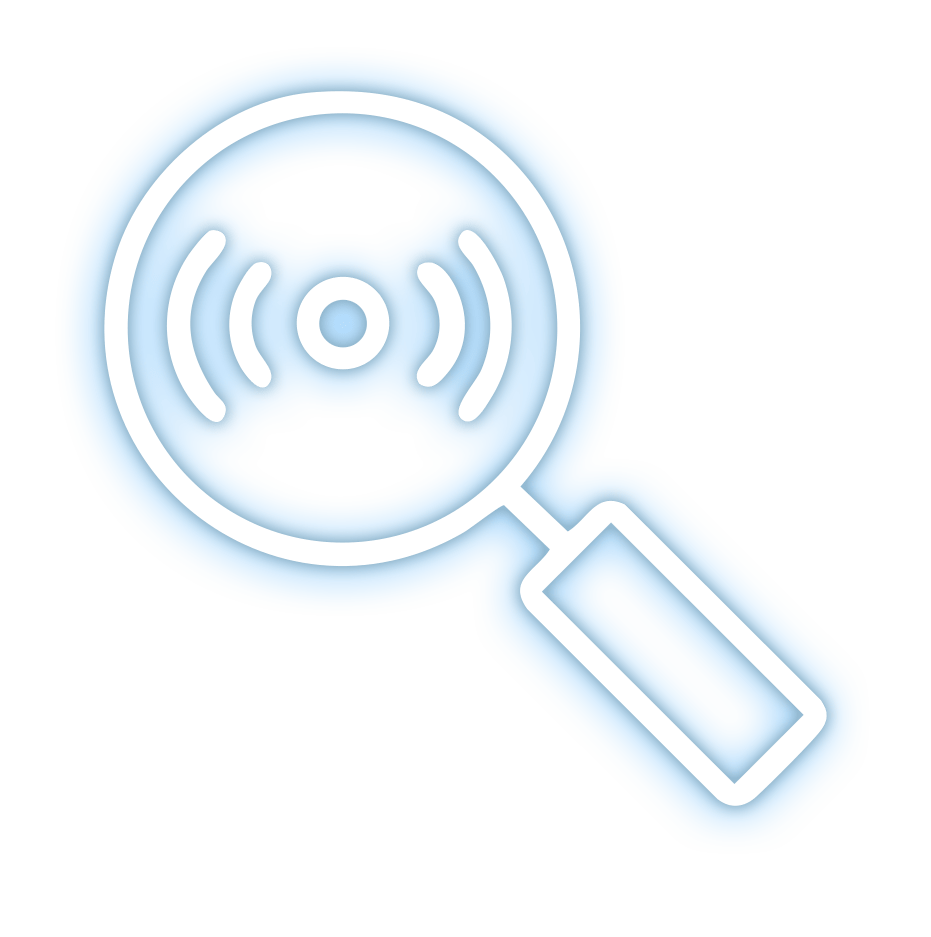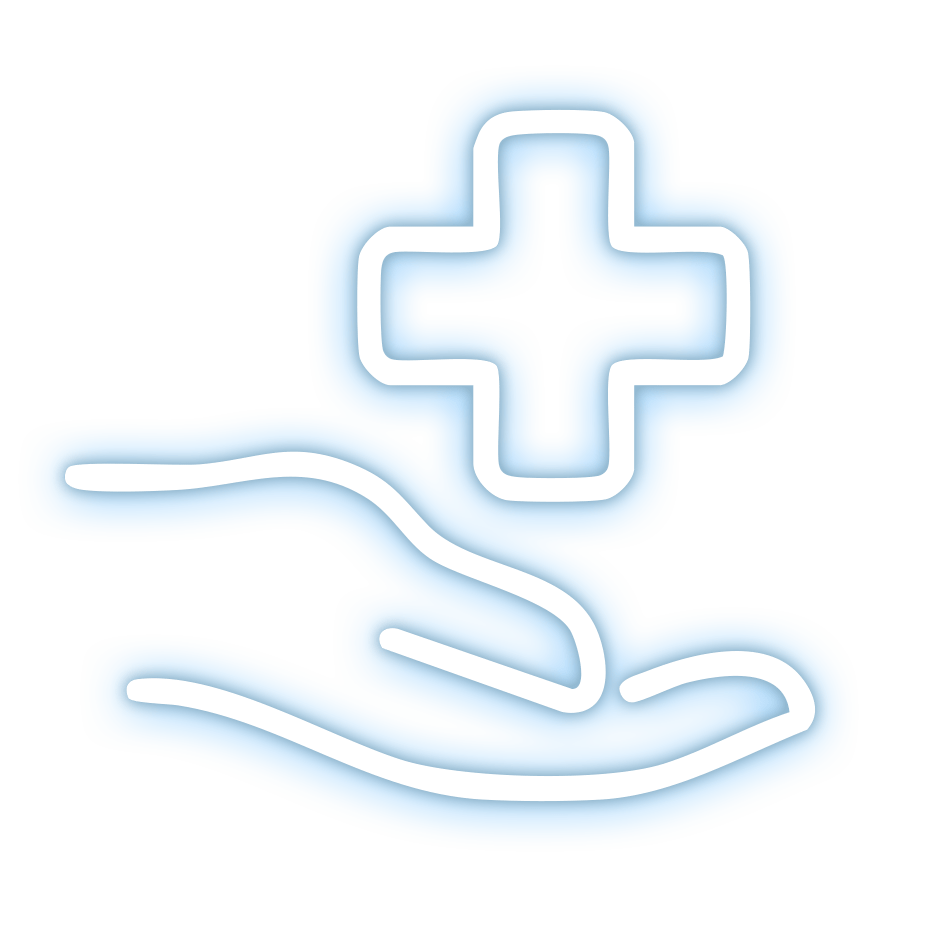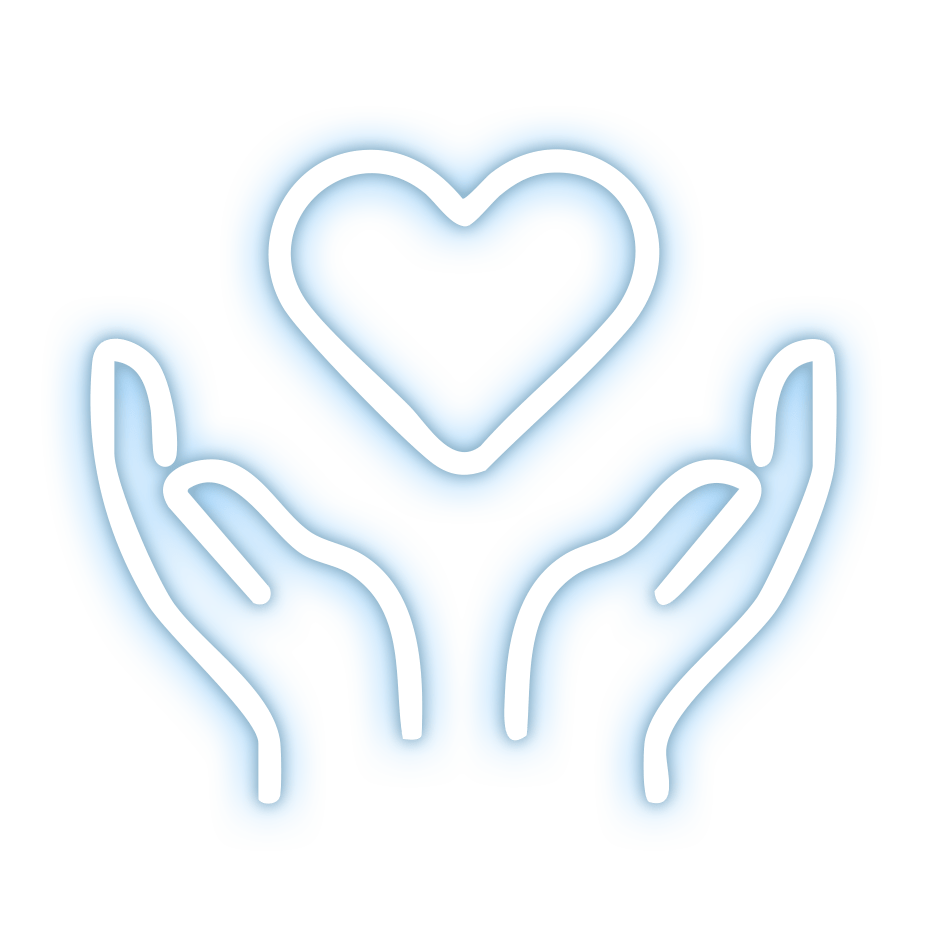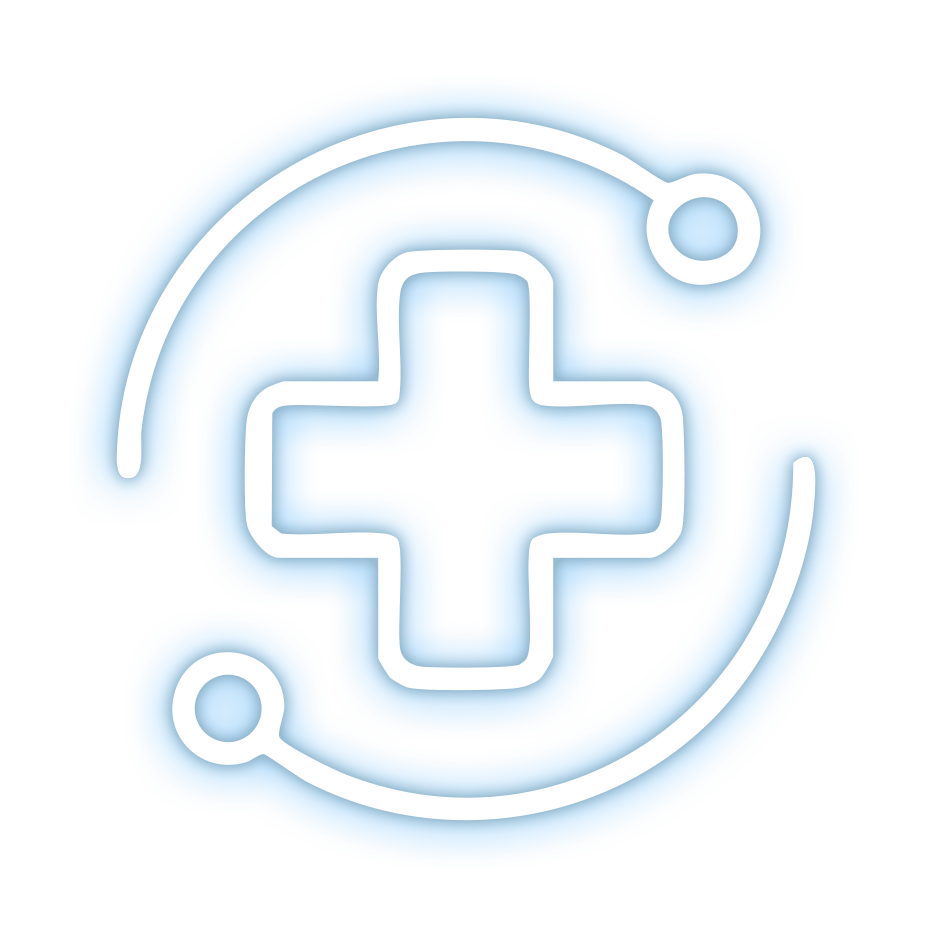

Access to Care: The Digital Imperative for Healthcare Leaders
Healthcare organizations (HCOs) face increasing pressure to enhance experiences, improve health outcomes, and streamline operations. Simultaneously, HCOs are challenged to optimize costs and maintain margins.
It’s a precarious balancing act as leaders evaluate strategic investments to drive short-term wins and long-range viability. A rigorous yet practical business transformation mindset has therefore never been more important.

Start by Knowing Your Audience
Understanding your audience isn’t just good practice—it’s a strategic imperative. Consumers are no longer passive participants in their care journey. They are informed, empowered, and increasingly vocal about their expectations. They demand affordable, accessible, and frictionless experiences, and they’re willing to switch providers and health insurers when those expectations aren’t met.

What Matters Most to Consumers?
We asked survey respondents to rank the importance of various factors when:
- Researching and choosing care
- Scheduling a health care appointment
The results span two dominant themes:
- Affordability and access
- Comfort, convenience, and belonging
Unsurprisingly, consumers prioritize affordability and access when choosing and scheduling health care—needs that mirror the foundational layers of Maslow’s Hierarchy of Needs.
As consumers navigate the healthcare system, however, they’re no longer progressing through a linear hierarchy of needs. Instead, they’re expressing a unique blend of foundational needs and expectations rooted in identity and agency, seeking affordability and access while simultaneously demanding convenience, personalization, and digital ease.
This convergence suggests a shift in mindset: consumers now expect healthcare to meet both their basic requirements and lifestyle standards. The rise of digital-native behaviors, combined with experiences in other industries, is accelerating these expectations. At this intersection of digital and human needs, comfort, trust, and seamless engagement are not luxuries—they’re prerequisites for participation in care.

Avoid Fragmented Journeys
Too often, HCOs treat researching care and scheduling appointments as separate experiences. But consumers don’t think in silos. They expect a seamless, end-to-end journey—from discovery to delivery.
Integrated digital pathways that address both affordability and convenience can reduce friction, improve satisfaction, and increase the likelihood of follow-through.

Insight:
Consumers are not just looking for care. They’re looking for confidence. Financial clarity and scheduling simplicity are foundational to that trust.

Opportunity:
Digital convenience is no longer a differentiator—it’s a baseline expectation. Investing in intuitive self-service tools can directly impact conversion and retention.

Take Your Competition Seriously
When consumers evaluate their health care options, they’re no longer limited by geography or traditional provider networks. Digital-first care is redefining the competitive landscape with convenience, speed, and personalization that many traditional HCOs struggle to match.
Definition: For this survey, a digital-first health care experience refers to using online health services that are not part of traditional healthcare systems or insurance networks. These services, like Amazon One Medical, Hims for men’s health, Hers for women’s health, BetterHelp for online therapy, or GoodRx for virtual appointments and prescription discounts, offer direct-to-consumer health care solutions.

Digital-First Care Is Gaining Ground—Fast
of consumers aged 18–64 have used digital-first care instead of visiting their regular physician or provider.
Among caregivers in this age group, that number climbs to 54%.
of digital-first care users believe the quality of care is equal to or better than what they receive from traditional providers.
61.8% say digital-first care is better.
These numbers are more than a trend. They’re a signal. Consumers are not just open to digital-first care; they’re actively choosing it.


Health Care Is Starting to Look Like Commerce
Many healthcare leaders still view competition as other hospitals or clinics in their region. But today’s consumer has more options—and they’re exercising them. From digital-first health experiences to hyper-local disruptors like unaffiliated urgent care centers and retail-style health providers focused on accessibility and immediacy (e.g., CityMD), the competitive field is expanding rapidly.
Key Insight:
If your organization isn’t delivering a seamless, personalized, and convenient experience, consumers will go elsewhere. And they won’t always come back.
The Business Case: Why This Matters Now
For Healthcare Providers
Every patient interaction is a gateway to long-term value or long-term loss. A single care engagement may seem minor, but patient lifetime value (PLV) can range from:
- $15,000–25,000 for basic services, including annual wellness visits, urgent care, and preventive screenings over a 10- to 15-year span. This amount reflects increased emphasis on preventive care and digital engagement.
- $60,000–120,000 for chronic condition management, which covers long-term management of conditions like diabetes, hypertension, or COPD.
- $250,000–500,000+ for complex, long-term treatment, including oncology, advanced cardiac care, or multi-specialty interventions. These patients often require intensive, multidisciplinary care over many years.
If patients or their caregivers encounter friction or dissatisfaction, they’re likely to switch and take that value with them.
For Health Insurers
When members seek care through direct-to-consumer solutions or are otherwise beyond your ecosystem:
- You risk losing visibility into care journeys, creating gaps in data and blind spots in member health management.
- This can lead to unnecessary costs, duplicative services, and missed opportunities for proactive care coordination.
- Fragmented care experiences also undermine efforts to deliver a true 360-degree view of the member.

Strategic Response: Compete—and Collaborate—Smarter
Healthcare leaders face a dual imperative: optimize access and improve outcomes, all while protecting margins and staying competitive. The most successful organizations are doing both by rethinking how, where, and with whom care is delivered:
- Implementing compliant AI-powered moments to boost productivity, personalize experiences, inspire action, and enhance trust
- Investing in strategically located satellite care facilities to expand reach, improve care continuity, reduce unnecessary acute visits, and support value-based care through earlier, community-based interventions
- Forming partnerships with evolving urgent care providers that offer specialty services like orthopedics and imaging to extend access, preserve continuity, and meet patients locally with speed and convenience
- Integrating with digital-first platforms to reduce friction, enable data sharing and referrals, and deliver personalized, consumer-grade experiences that align with modern expectations

Opportunity:
There’s untapped potential in partnerships and digital-first integrations. The key is to meet consumers where they are—digitally, locally, and on their terms.

The Cost of Friction: A Silent Revenue Drain With Human Costs
Friction in the scheduling process is more than an inconvenience—it’s a serious risk.
- In our survey, 24% of consumers reported difficulty scheduling a health care appointment in the past 24 months (i.e., post-pandemic).
- Among caregivers, that number jumped to 33.8%.
- Perhaps most concerning, nearly one in four (23.3%) respondents who experienced difficulty scheduling an appointment stated that this friction led to delayed care, and they believed their health declined as a result.
- Among caregivers, that percentage was even higher at 34.2%.
Bottom line:
More than 50% of respondents who encountered friction when scheduling an appointment took their care elsewhere. That’s not just lost revenue—it’s lost continuity, lost data, and lost trust.
When scheduling becomes a barrier, patients walk away. Among those who experienced scheduling friction:

Pinpointing the Pain Points
To reduce leakage and improve outcomes, HCOs must address the root causes of scheduling friction. Key challenges include:
- Inability to match patients with the right service, provider, and location based on needs, preferences, and availability
- Poor data quality and institutional barriers that hinder accurate, real-time scheduling
- Lack of visibility into caregiver roles and multi-patient scheduling needs

Strategic takeaway:
Improving access isn’t just about convenience—it’s about outcomes. And outcomes drive everything from reimbursement to reputation.

Next Steps: From Insight to Action
What we’re hearing from healthcare leaders:
“It’s not just about the technology. It’s about building the business case. Where do we begin, and what’s the blueprint?”
This study reveals a clear mandate: access is the new front door to health care. But access is not a single point—it’s a cascade of interconnected experiences, decisions, and barriers. To move forward, organizations must adopt a transformation mindset rooted in consumer expectations, operational alignment, and measurable outcomes.
Key Imperatives for Healthcare Leaders

Reimagine Patient and Member Access as a Strategic Lever
- Initial access is the biggest barrier—and the most critical opportunity.
- Access barriers cluster. Physical, financial, and digital friction points often overlap and intensify one another, rather than appearing in isolation.
- Location and transportation remain major influencers of care utilization.
- Financial transparency and scheduling are deeply intertwined in decision making.
- First impressions matter. Ease of access predicts long-term satisfaction and continuity of care.

Prioritize Digital Transformation That Elevates Experiences
- Consumers expect health care to function like commerce: intuitive, fast, and personalized.
- Digital-first strategies must be grounded in empathy, simplicity, and trust. It’s not just about technology, it’s about removing friction and building confidence at every step.
- Experience is the differentiator. Seamless digital journeys drive loyalty, retention, and better outcomes across the care continuum.
- Make access effortless from the start. For providers, this means elevating the Find-a-Provider experience as the digital front door—prominently featured, easy to navigate, and seamlessly integrated with scheduling and a journey-centric content strategy. For payers, the member portal must function as a personalized, proactive hub that guides members to the right care, at the right time, with clarity and confidence.
- Personalize the experience and reduce administrative complexity. Power scheduling, referrals, onboarding, and more with AI and reliable, protected data.

Adopt a Holistic, Cross-Functional Approach
- Don’t solve access in silos. Align people, processes, and platforms to remove friction across the journey.
- Use trusted, democratized data and smart predictions to drive decisions across clinical, operational, and marketing teams.
- Enterprise alignment is key. From chief marketing officers to chief information and financial officers, leaders must co-own transformation, ensuring that digital access strategies are unified across clinical, operational, and consumer-facing functions.
Blueprint for Action
Understand Expectations
Today’s consumers live digitally. They expect health care to match the convenience of other industries.
ACTION: Map the patient/member journey through a consumer lens. Identify friction points and prioritize quick wins.
Activate Strategy for Transformative Outcomes
Align your organization around a shared vision and KPIs that reflect both business and health outcomes.
ACTION: Build a culture of continuous improvement. Use iterative delivery models to test, learn, and scale.
Empower Change Agents Across the Enterprise
New leaders, especially those in digital marketing and experience roles, are becoming the voice of the market.
ACTION: Equip these leaders with the insights, tools, and authority to drive cross-functional change.
Featured Insight:
“Technology isn’t the hard part. The challenge is sustained alignment—across teams and over time—using shared data and enterprise tools that empower healthcare’s front line, business teams, and consumers.”

Perficient + Healthcare
Perficient combines strategy, industry best practices, and technology expertise to help healthcare leaders navigate intense technological and regulatory requirements while controlling costs and improving the consumer experience.
We have been trusted by the
10
largest health systems
10
largest health insurers
Meet an Expert




Get in Touch with Our Experts
Our team of experts is here to help. Whether you're looking for information about our capabilities or our perspective on specific topics, we're ready to assist you. Please fill out the form below, and we will get back to you promptly.
By submitting this form, you understand Perficient may contact you in the future for marketing purposes. View our privacy policy for more information or to opt-out at any time.








